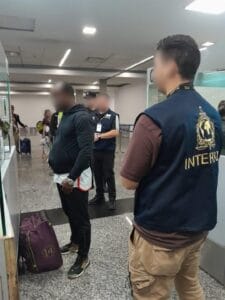Groups ask Alaska to fix rejected absentee ballots

Three civil rights groups have asked the state of Alaska to fix the main cause of rejection of over 1,200 absentee ballots, threaten to sue the state for failing to do so.
This week, the ACLU of Alaska, the Native American Rights Fund and the Lawyers Committee for Civil Rights Under Law jointly wrote a letter, asking the state to stay action on a law that requires two people – the voter and a witness – to sign each absentee ballot before it is submitted.
The groups argue that the requirement does not make sense during the COVID-19 pandemic and therefore requested the state to suspend enforcement of the witness requirement and make Alaskans to choose between their health or vote.
Lt. Governor Kevin Meyer, who also oversees the state’s elections, received the letter on Tuesday as confirmed by his chief of staff.
The governor’s chief of staff said a response was being drafted after receiving the letter.
Alaska is currently taking online applications for absentee ballots and plans to begin mail blank ballots October 9, with a submission deadline for by-mail application scheduled for October, 24.
The state allows any voter to cast an absentee ballot by mail for whatever reason, but like some other 10 states, it requires the ballot envelope to be signed by a witness in order to be counted.
Officials rejected 456 ballots in the just-concluded primary elections of 2018 and 2016 mainly because of “improper or insufficient witnessing”.
A lot of people may feel like this is a small problem, but hundreds of (ballots) can easily swing an election in Alaska, and they need to be counted,” Natalie Landreth of the Native American Rights Fund.
Alaska has required absentee voters to provide at least one witness since statehood, but the issue is particularly important this year because of the coronavirus pandemic.
As November 3′ general election draws closer, a remarkable registered voters of only 22% participated in this year’s primary election.
The state of Alaska has recorded an average of 63% turnout for presidential elections since 2000, meaning that with a rising proportion of absentee participation, many votes could have their ballots tossed out three times.











